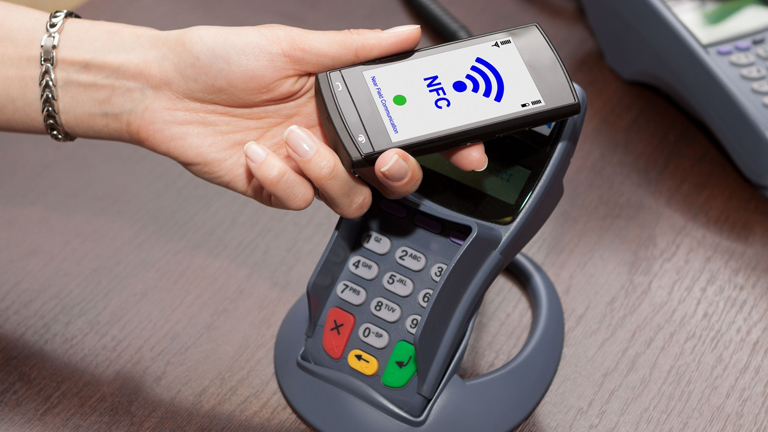24x7x365 Support No. 011-40848888 (Except National Holidays)
24x7x365 Support No. 011-40848888 (Except National Holidays)

Posted On: March 9, 2017
/Categorized In: Biometric News & Updates / Biometric Technology
/Written By: Starlink
Near Field communication is a short range communication channel which is becoming one of the most promising and latest technology. The main purpose of this technology is to create one time connection like other wireless technologies, Wi-Fi or Bluetooth. In this article we will tell you how NFC is playing a vital role in biometric authentication.
Biometric authentication is growing day by day and will continue to grow in coming days. People are now habituated of using their biometrics, PIN, or password to authenticate their identity. The mobile biometric applications involve the transmission of information in the form of templates or other identification pattern to the authenticating unit. Likewise, other authentication methods, NFC can be proposed as a solution that can be considered as one of the most human-centric to access the authentication process and make the system a user-friendly option.
These days fingerprint scanners have appeared in most of the latest smartphones, and ahead of Near Field Communications. In my perspective, NFC is more important for identification. NFC is usually thought of the smart card emulator, allowing mobile devices as payment objects, but the technology has another lesser known mode is reader emulation.
NFC (Near Field Communication) is the connection between RFID technology and the world of mobile phones. It functions over a transmission standard for the contactless exchange of data over a distance up to 10 cm. This standard (ISO 18092) is compatible with RF (Radio Frequency) standard ISO 14443 and allows NFC enabled devices to be used as employee ID, electronic tickets or card reader appliances.
RFID is the process by which objects are identified using radio waves, where as NFC is a specialized subset within the family of RFID technology. Specifically, NFC is a branch of High-Frequency (HF) RFID, and both operate at the 13.56 MHz frequency. NFC is designed to be a secure form of data exchange instrument, and an NFC device is capable of being both an NFC reader and an NFC tag. This unique feature allows NFC devices to communicate peer-to-peer.
NFC devices can be programmed to interface with any contact less card: smart card. The power to identify and authenticate using this technology is no more a dream. The smart phone of a person having NFC will be used for the identification and authentication process.
Also, NFC devices can read passive NFC tags, and some NFC devices are able to read passive HF RFID tags that are compliant with ISO 15693. The data on these tags contains command for the device, such as authenticating or identifying an individual or other access control applications.
At the end of the day, NFC builds upon the standards of HF RFID and turns the limitation of its operating frequency into a unique feature of near-field communication.
Checkout our other products:
